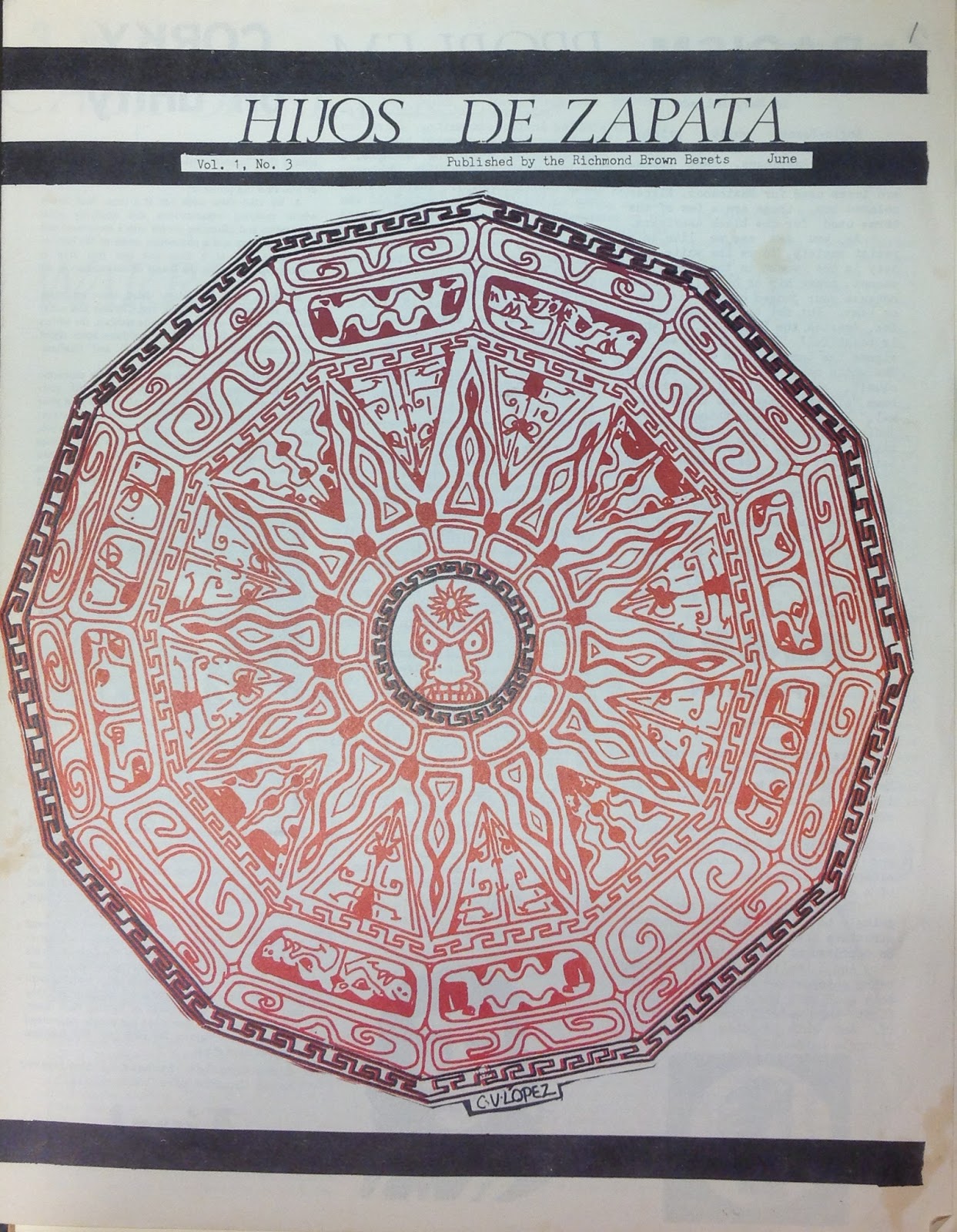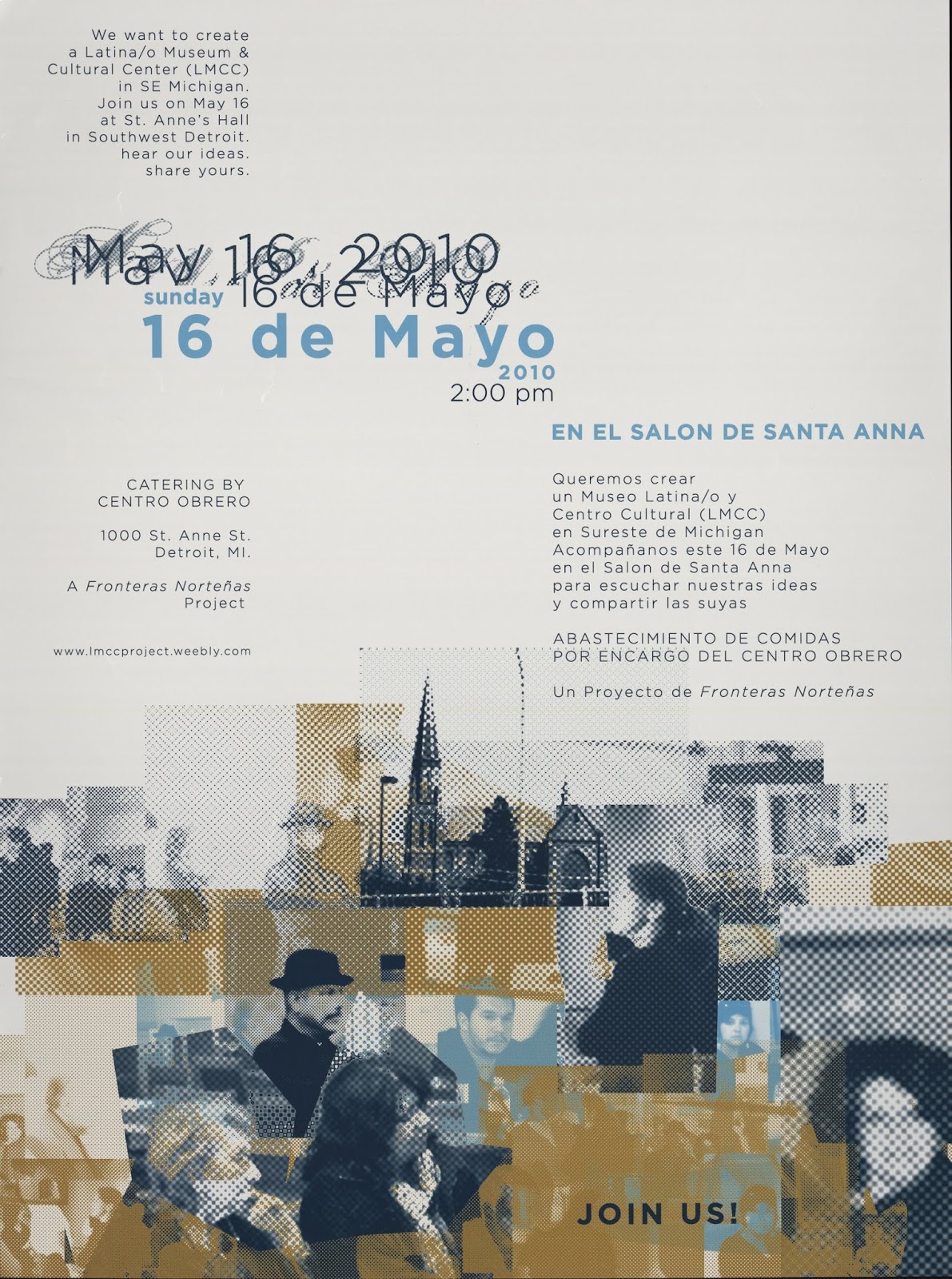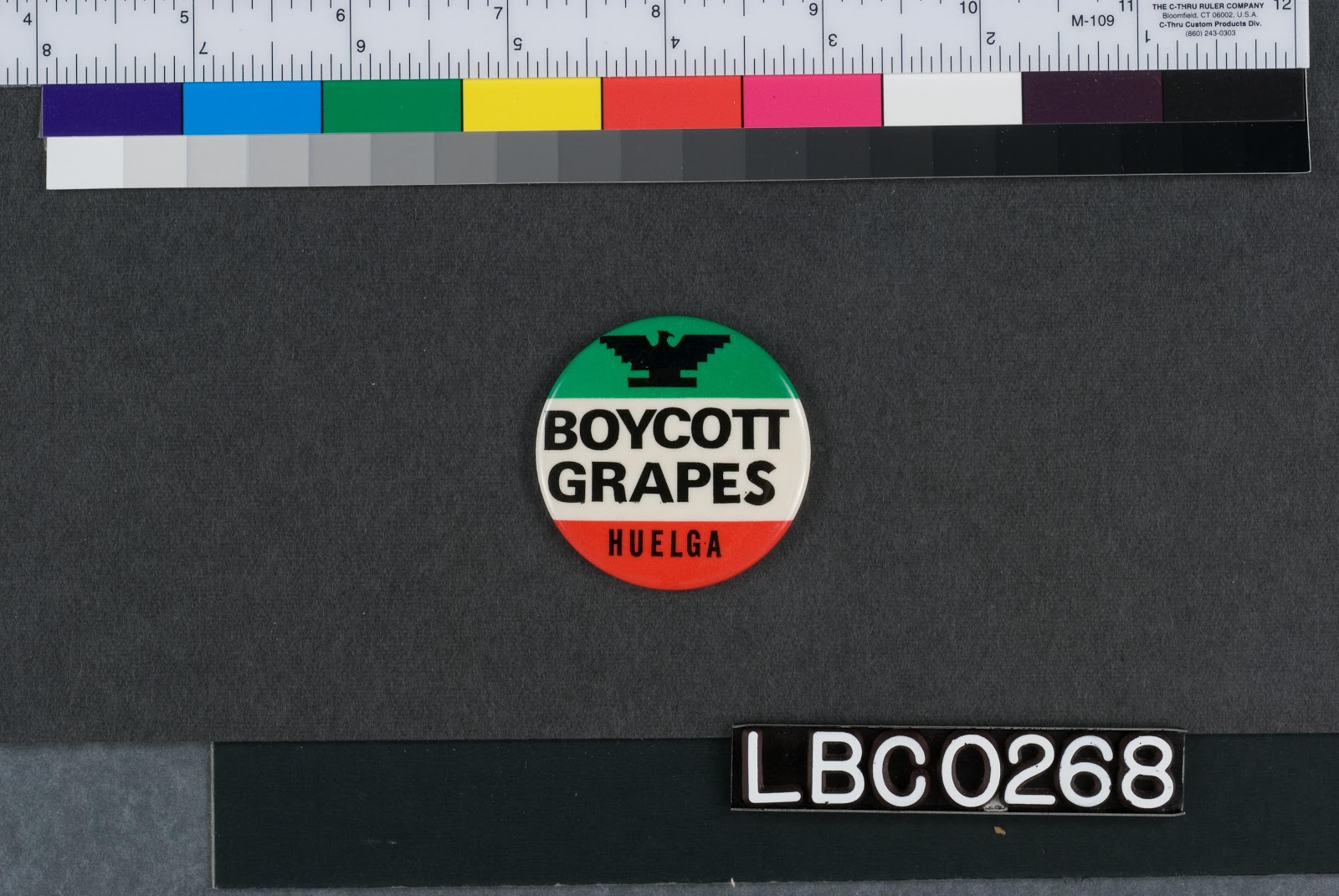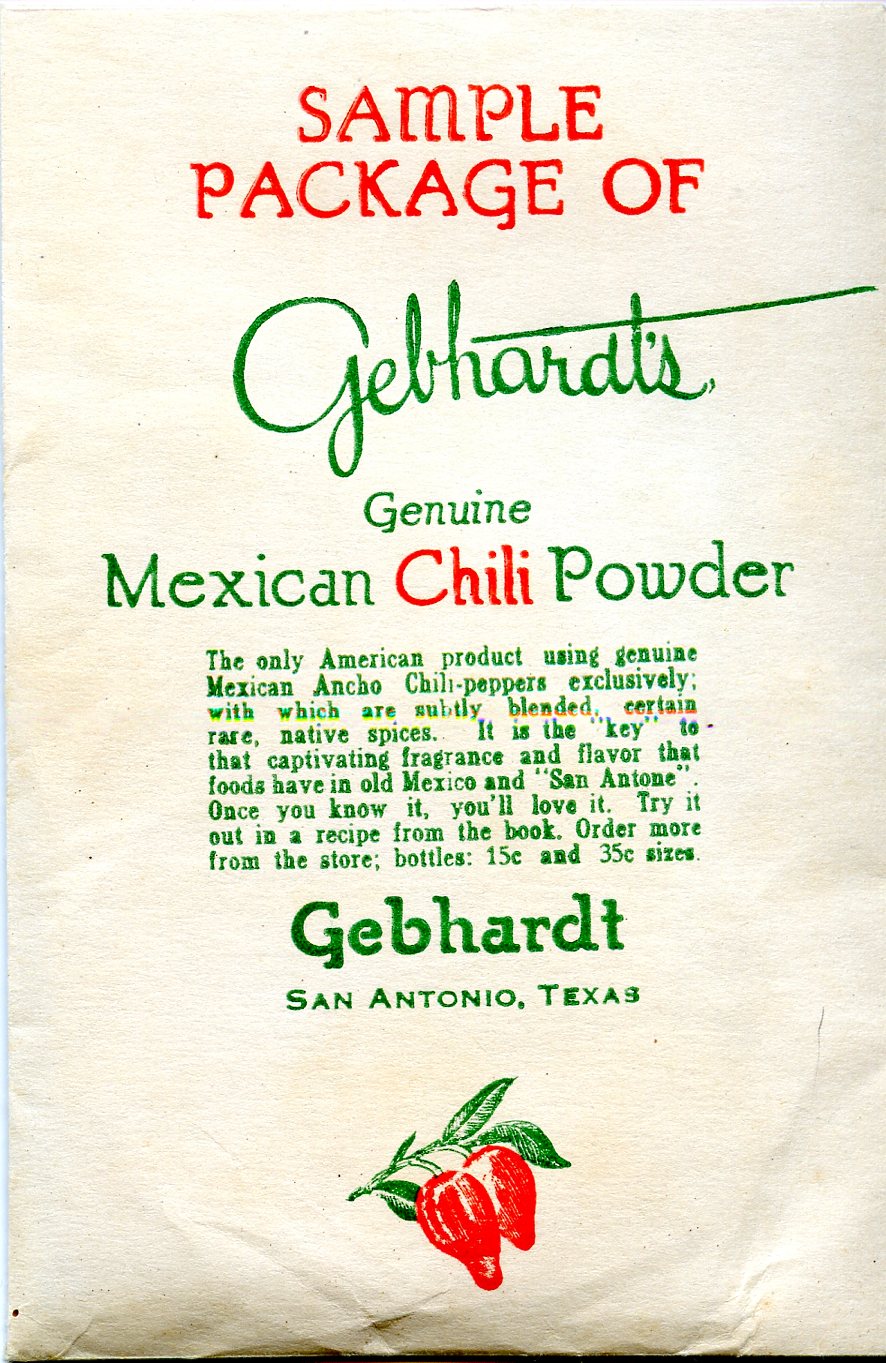Blog post authored by Sarah Kennedy; Public Services Librarian, Learning and Teaching
Don't miss the Hispanic Heritage Month digital exhibit on display, October 5 through October 12, in Bert's Study Lounge in the Shapiro Undergraduate Library showcasing images from materials found in the Special Collections Library.
Back in August when we started discussing fall content for the Shapiro screens, it occurred to me that this would be an ideal opportunity to put together something on Hispanic Heritage Month (September 15-October 15). According to the Library of Congress et al., this honorary month, the observation of which began in 1968 as Hispanic Heritage Week under President Lyndon Johnson, is a time for “celebrating the histories, cultures and contributions of American citizens whose ancestors came from Spain, Mexico, the Caribbean and Central and South America.” The first day of the month (9/15) is significant, because it is the anniversary of independence for Costa Rica, El Salvador, Guatemala, Honduras and Nicaragua. Also within this 30 day-period, Mexico and Chile celebrate their independence days (on 9/16 and 9/18, respectively). Finally, Columbus Day, or Día de la Raza, is October 12 (Library of Congress et al., 2014).
In putting together this exhibit, I had several hopes. My first hope was to assemble a collection of primary and secondary sources that display a more nuanced representation of Hispanic, Latino/a, and Chicano/a heritage in a way that moves beyond the superficial treatment that is often presented in the mass media. My hope was to begin to demonstrate the incredible depth and range of topics that one might potentially study or think about, in a way that does not feel tokenistic but rather an invitation to engage with the materials and one’s own process of meaning-making. Many of the items that we have in the Special Collections are fairly rare examples of ephemera that were produced from within the community to counteract the dominant, hegemonic discourses of the time. They are preserved today as items of unique cultural value, for both their textual content as well as their evidentiary value as information artifacts. Through these tangible objects, we may begin to sense the intangible, or the lives and experiences of their creators.

This stapled pamphlet titled Hijos De Zapata from the Joseph A. Labadie Collection was created by a chapter of the Brown Berets from Richmond, California. Many minority activists during this period worked to create a space for themselves outside of the traditional publishing industry in order to tell their own truths about the world that they lived in, their heritage, and the rich culture of resiliency that was so much a part of their communities, even during times of extreme adversity.

The political posters from the Joseph A. Labadie Collection are a rich source of information about galvanizing moments in history and community activism.

We have more than books! Included in the Joseph A. Labadie Collection is this extraordinary assemblage of pinback buttons created by the United Farm Workers of America during the Delano Grape Strike.

We have more than books! The Janice Bluestein Longone Culinary Archive is home to such items as this sample packet of chili powder produced by the Gebhardt's Chili Powder Company in San Antonio, TX.
It was also my hope that by presenting a small selection of the incredibly rich primary sources that we have available in the Special Collections Library, as well as the wonderful secondary sources in our circulating collection, that the exhibit might encourage students to make their own exploration of the collections. Perhaps this exhibit--a mere scratch in the surface in terms of the items we have available--might inspire students to undertake a research project of their own, through which they might blend their personal experiences and knowledge with their academic pursuits.
All in all, the process of putting together this exhibit was incredibly rewarding for me, on both a personal and an academic level! One of the things that struck me about my visits to the Special Collections was the atmosphere. In a way, visiting the Special Collections felt like a hybrid experience between going to a Library and going to a Museum--except this time, I was allowed to touch the exhibit items and inspect them up close for as long as I needed. The Reading Room is a contemplative zone, enriched by the sensory experience of being present and interacting with the collections up close and in person.
I think that the biggest takeaway for me, however, was the added value of being able to work 1:1 with the curators of the collection! Their passion for the collections is truly remarkable, and the first-hand knowledge they bring to each and every item is astonishing! I would encourage every student to make a visit to the Special Collections and meet with any of the curators to learn about the items and their respective journeys to the University of Michigan Library.
Special thanks to the following people for making this exhibit possible:
Athena Jackson, Associate Director, Special Collections Library
Julie Herrada, Curator, Joseph A. Labadie Collection, Special Collections Library
JJ Jacobson, Curator, American Culinary History Collection, Special Collections Library
Roger Espinosa, App Programmer/Analyst Senior, Digital Library Production Service (DLPS)
Karmen Beecroft, Collection Services Specialist, Special Collections Library
and all of the librarians and staff in the Special Collections Reading Room who assisted with this project
Works cited
Library of Congress et al. (2014). About National Hispanic Heritage Month. Retrieved October 1, 2014, from http://hispanicheritagemonth.gov/about/.